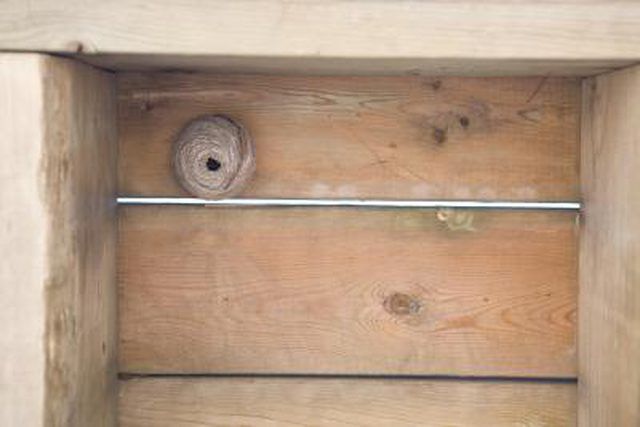Bulbs
Flower Basics
Flower Beds & Specialty Gardens
Flower Garden
Garden Furniture
Garden Gnomes
Garden Seeds
Garden Sheds
Garden Statues
Garden Tools & Supplies
Gardening Basics
Green & Organic
Groundcovers & Vines
Growing Annuals
Growing Basil
Growing Beans
Growing Berries
Growing Blueberries
Growing Cactus
Growing Corn
Growing Cotton
Growing Edibles
Growing Flowers
Growing Garlic
Growing Grapes
Growing Grass
Growing Herbs
Growing Jasmine
Growing Mint
Growing Mushrooms
Orchids
Growing Peanuts
Growing Perennials
Growing Plants
Growing Rosemary
Growing Roses
Growing Strawberries
Growing Sunflowers
Growing Thyme
Growing Tomatoes
Growing Tulips
Growing Vegetables
Herb Basics
Herb Garden
Indoor Growing
Landscaping Basics
Landscaping Patios
Landscaping Plants
Landscaping Shrubs
Landscaping Trees
Landscaping Walks & Pathways
Lawn Basics
Lawn Maintenance
Lawn Mowers
Lawn Ornaments
Lawn Planting
Lawn Tools
Outdoor Growing
Overall Landscape Planning
Pests, Weeds & Problems
Plant Basics
Rock Garden
Rose Garden
Shrubs
Soil
Specialty Gardens
Trees
Vegetable Garden
Yard Maintenance
How to Get Rid of Wasps Outside Your Door
How to Get Rid of Wasps Outside Your Door. Though sometimes confused with bees, wasps are much more dangerous. Unlike bees, a wasp's stinger doesn't stay hooked in the victim's skin; they can use their stinger multiple times. A sting from a wasp is painful and can cause itching and swelling. In severe cases, an allergic reaction can cause hives and...

Though sometimes confused with bees, wasps are much more dangerous. Unlike bees, a wasp's stinger doesn't stay hooked in the victim's skin; they can use their stinger multiple times. A sting from a wasp is painful and can cause itching and swelling. In severe cases, an allergic reaction can cause hives and life-threatening respiratory problems. If you have wasps outside your door, it's best to find out where they're originating from. Treating the source of the problem will get rid of the unwanted visitors.
Things You'll Need
Gardening gloves
Wasp insecticide spray
Flashlight
Broom
Trash bag
Look through a window during daytime, and observe the wasps outside your door. Watch them as they fly around. Find out where the wasp nest is. Common wasp nest locations are in nearby trees, under the eaves and ledges of your home, and under porch roofs.
Find the entry point of the nest, where the wasps enter and exit.
Wait until nighttime before combating wasps because they're less aggressive and less active at night. During daytime, many wasps may not be in the nest.
Put on thick gardening gloves and protective clothing, sealed at the collar, wrists and ankles to protect yourself from potential stings.
Use wasp insecticide spray according to packaging instructions. Wasp insecticide spray often requires you to stand 15 to 20 feet away from the nest. Aim the nozzle of the can at the opening of the nest. Spray the nest until it's fully saturated. If you use a flashlight, avoid aiming it directly on the nest, because the light may alert the wasps; aim it in the direction of the nest, so you still have sufficient light to see what you are doing.
Wait 24 hours and look through the window during daytime to see if there is any wasp activity. If there is, repeat the treatment again at nighttime.
Knock down the nest with a broom once all wasps are killed. Seal the nest in a trash bag and discard it in the trash outside. Leaving the nest in place may attract other bugs such as carpet beetles.
Tips & Warnings
Seal outdoor trash cans with lids to keep them from attracting wasps. Place the trashcans far away from your home.